The bell itself is a reproduction, the original was removed from the captured North West Fort, Taku on 17 June 1900 but was during the Second World War removed for safekeeping to protect it from damage by bombing, it was not found again until the 1960's when it was replaced. The bell however suffered from vandalism and was removed again, it is reported that the original bell was returned to its original home in China in the 1990's.
The battle of Taku or Dagu Forts was during the Boxer Rebellion between the Chinese Military and Allied Western and Japanese naval forces, the allies captured the forts but only after a brief but bloody battle. The memorial has a bell and four plaques commemorating the men lost from the ship during this engagement.
HMS Orlando took an active part under Captain J.H. Burke in suppressing the Chinese outbreak. The ship was the first to arrive on the scene and it was her Naval Brigade which originally undertook the defence of Tientsin. At the beginning of the operations the Orlando had a complement of 486 officers and men of whom 31 were sent to Peking, 112 to Tientsin, 104 accompanied Sir Edward Seymour, 99 took part in the capture of the Taku Forts, and 16 were on other duties leaving 124 on board. With all these men absent, the Orlando steamed 900 miles and brought the Chinese Regiment from Wei-Hai-Afei. Captain Burke died on the passage home, her casualties were 5 killed and 26 wounded."
HMS Orlando an Orlando Class Armoured Cruiser built by Palmers Shipbuilding & Iron Company in Jarrow, she was laid down on 23 April 1885 and launched on 3 August 1886. She was sold for breaking up on 11 July 1905.
With a displacement of 5600t she was 91m long with a 17m beam and 6.9m draught.
She had a 3-cylinder triple-extension steam engines with two shafts and 4 double-ended boilers giving a top speed of approximately 18 knots and a range of 10,000nm at 10 knots.
Crew complement was 486.
Armament consisted of 2 x 9.2inch guns, 10 x 6 inch guns, 6 x 6 pounders, 10 3 pounders and 6 No. 18 inch torpedo tubes four of which were above the water firing broadside the other two being submerged forward and aft.
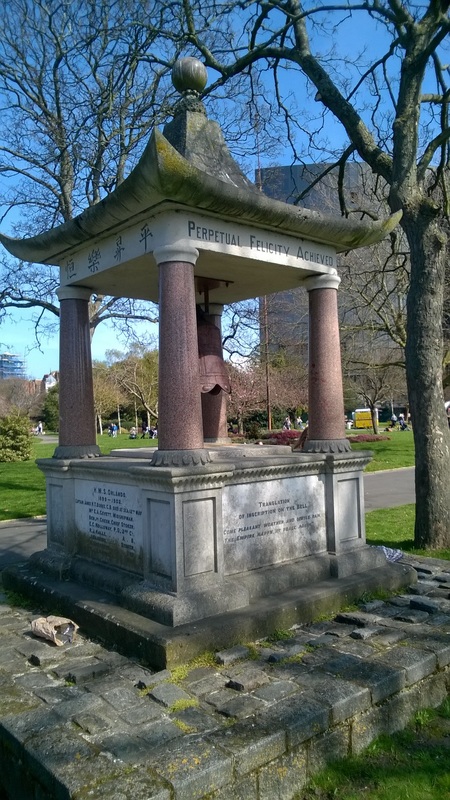
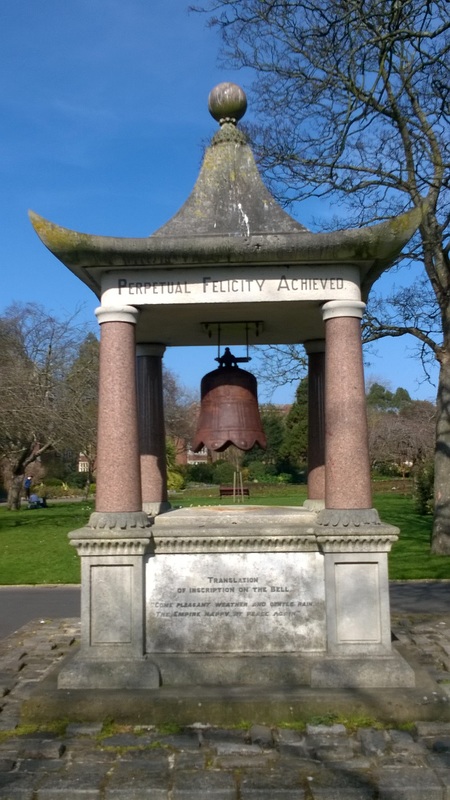
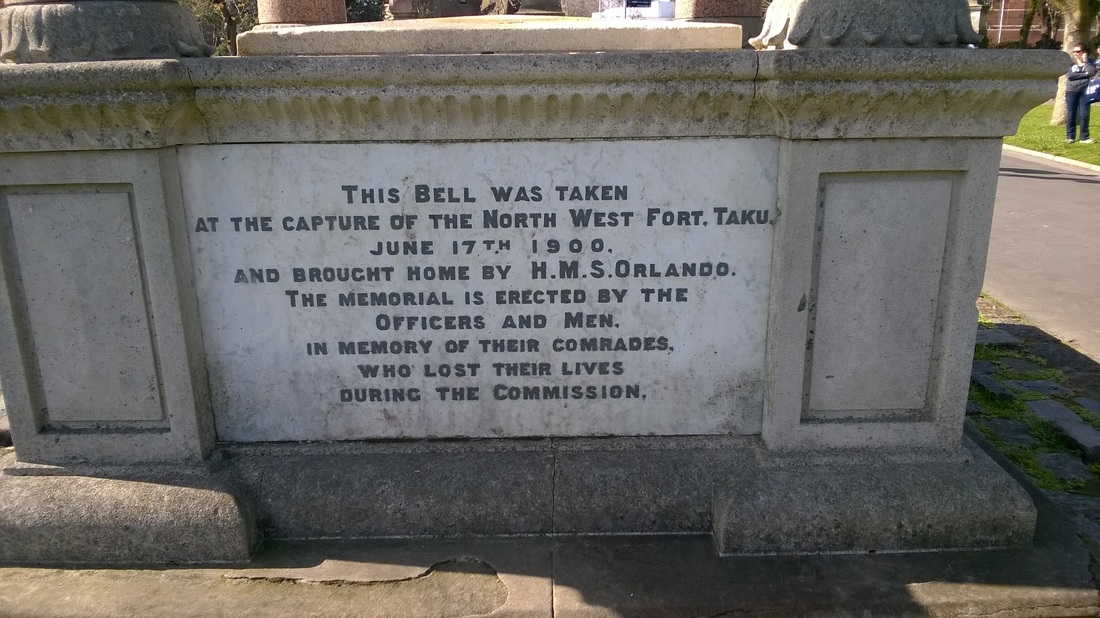
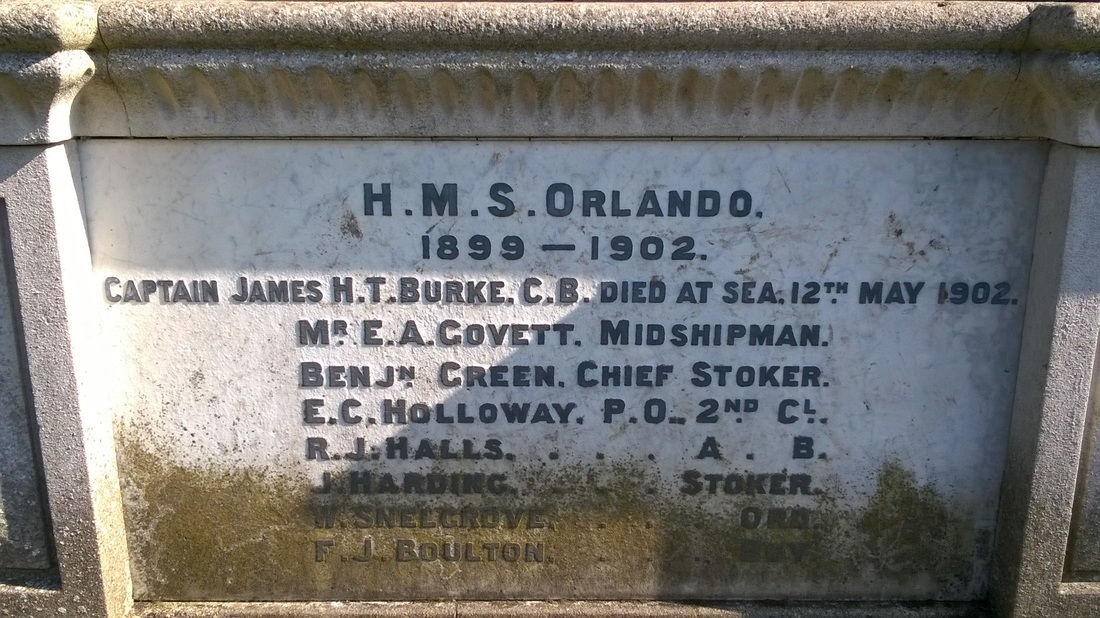
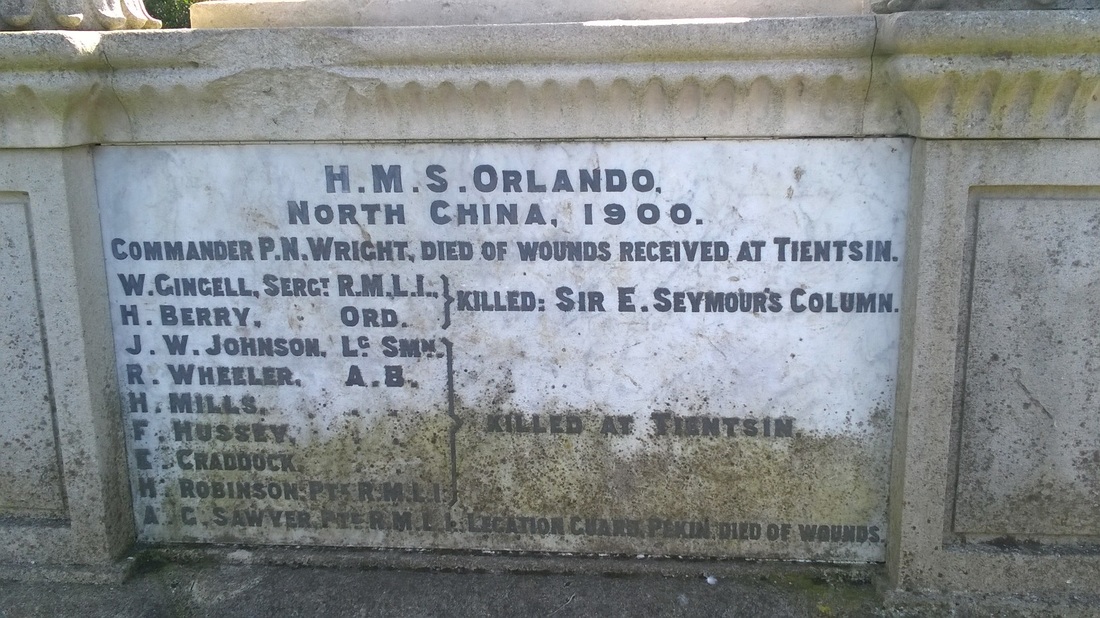
 RSS Feed
RSS Feed
